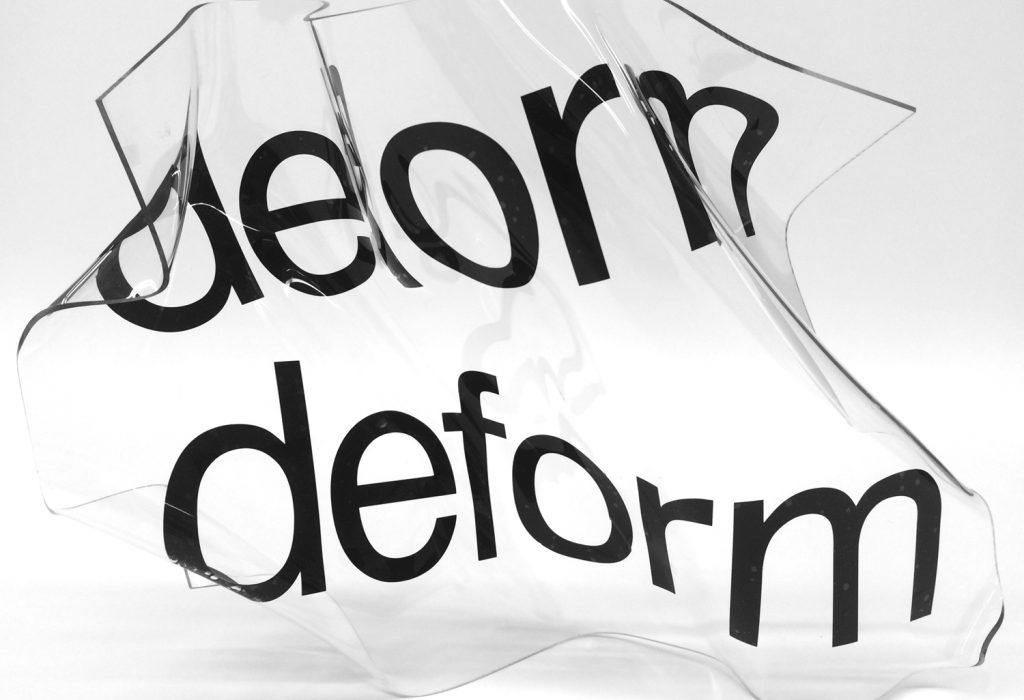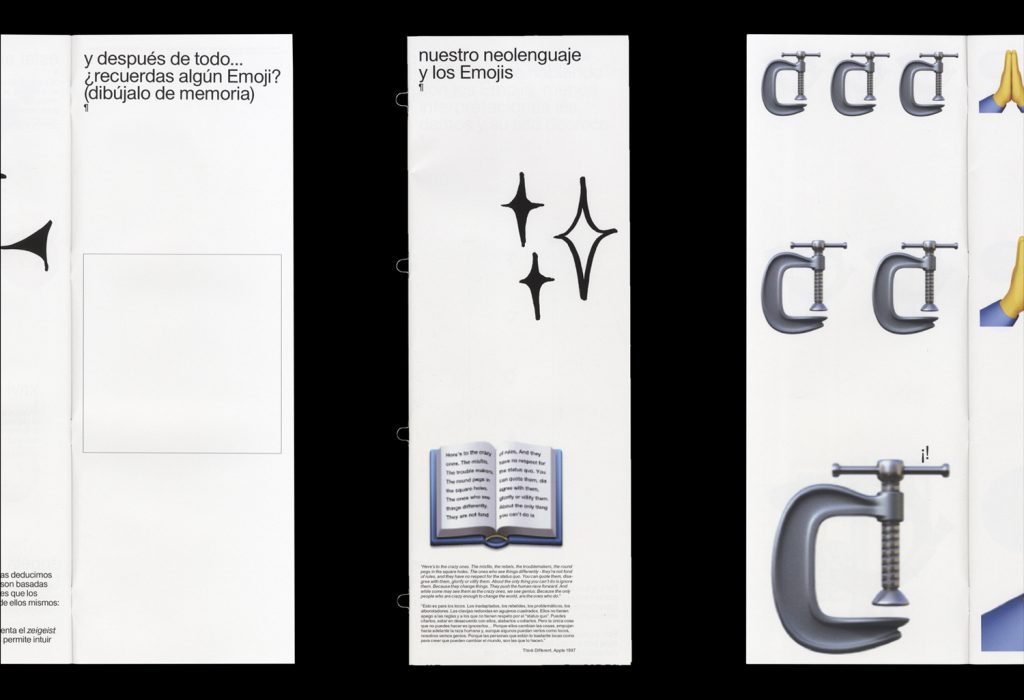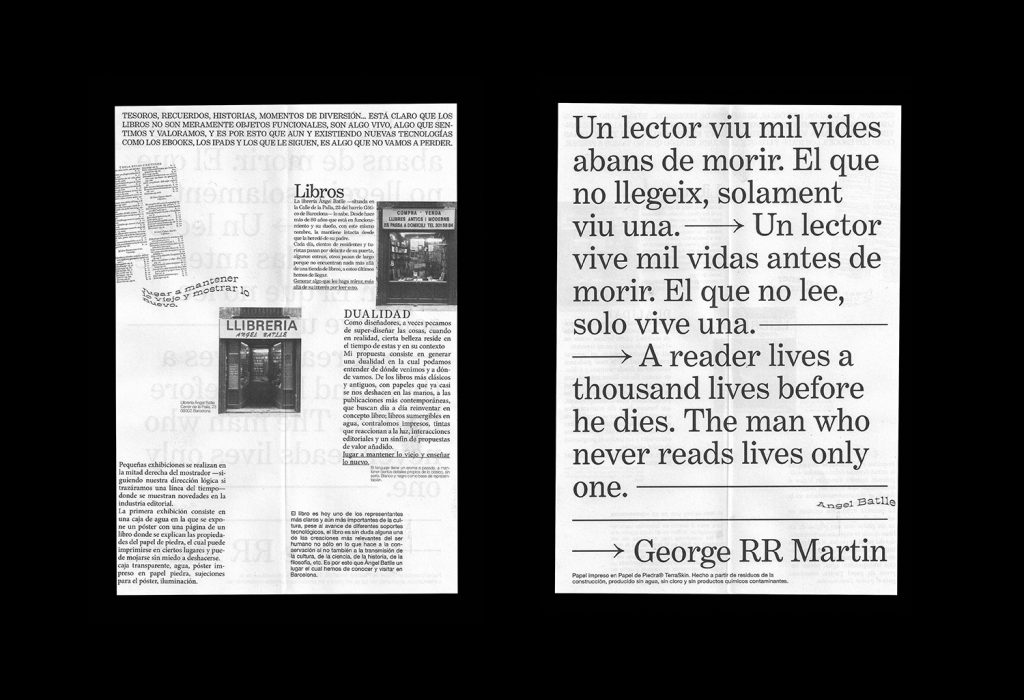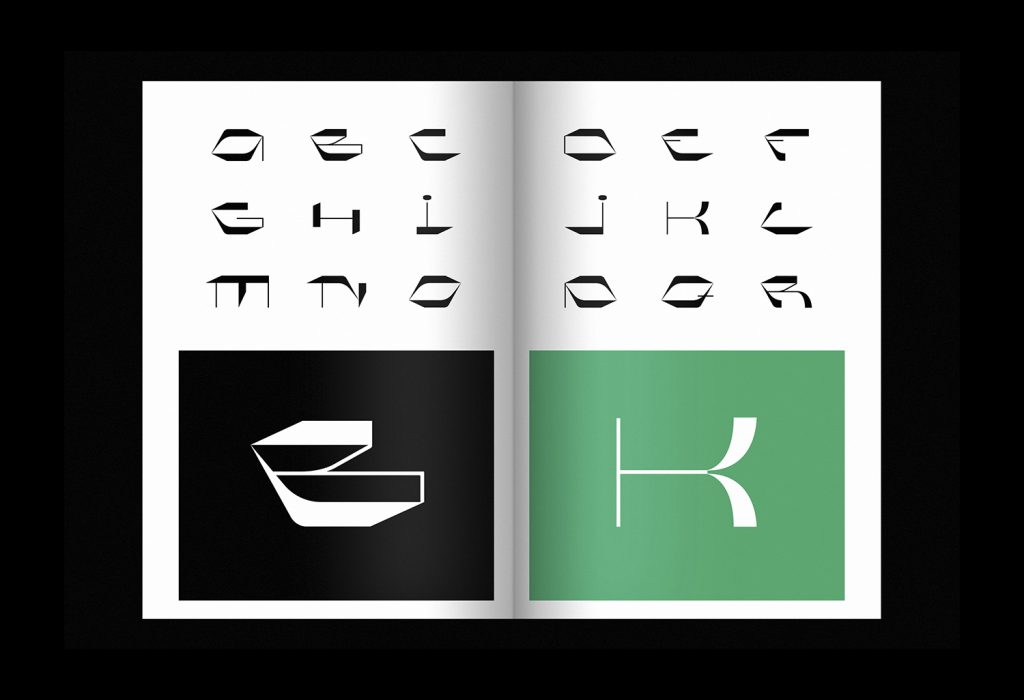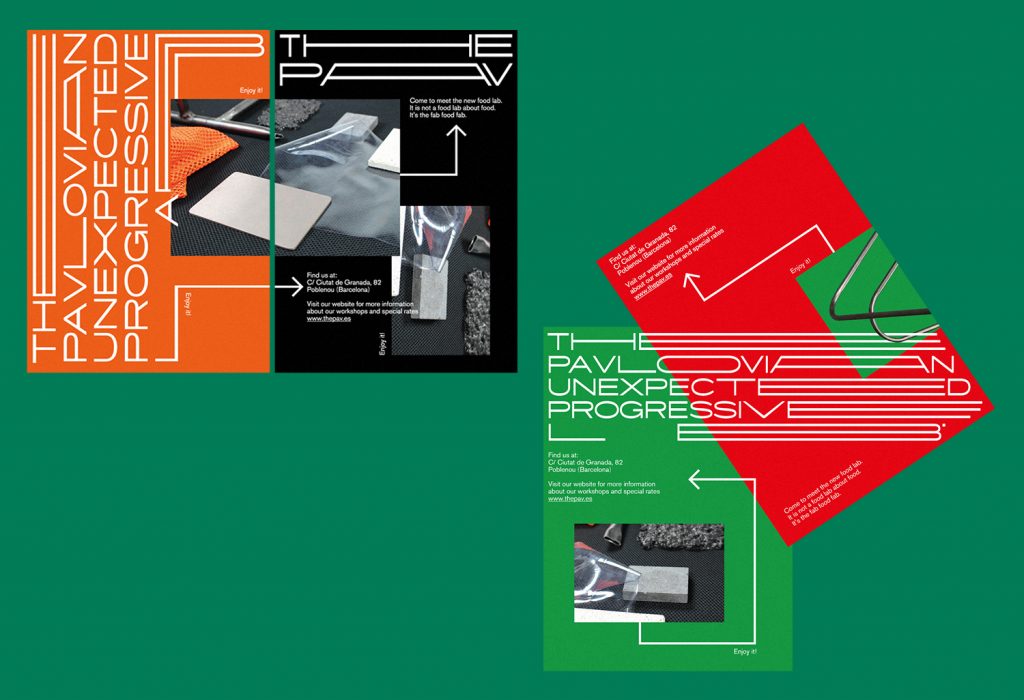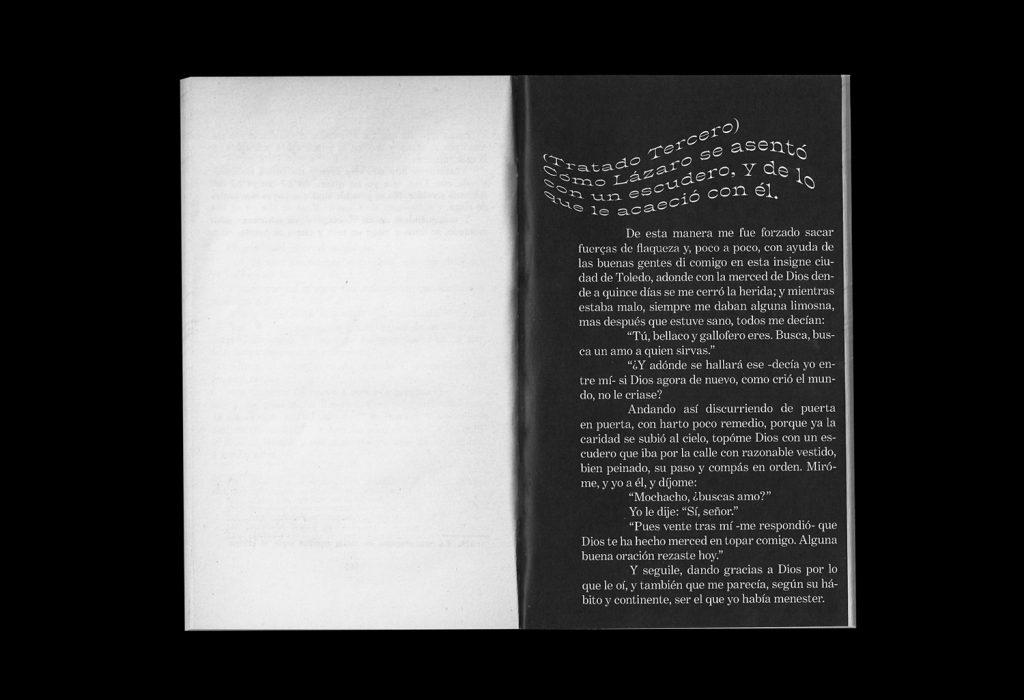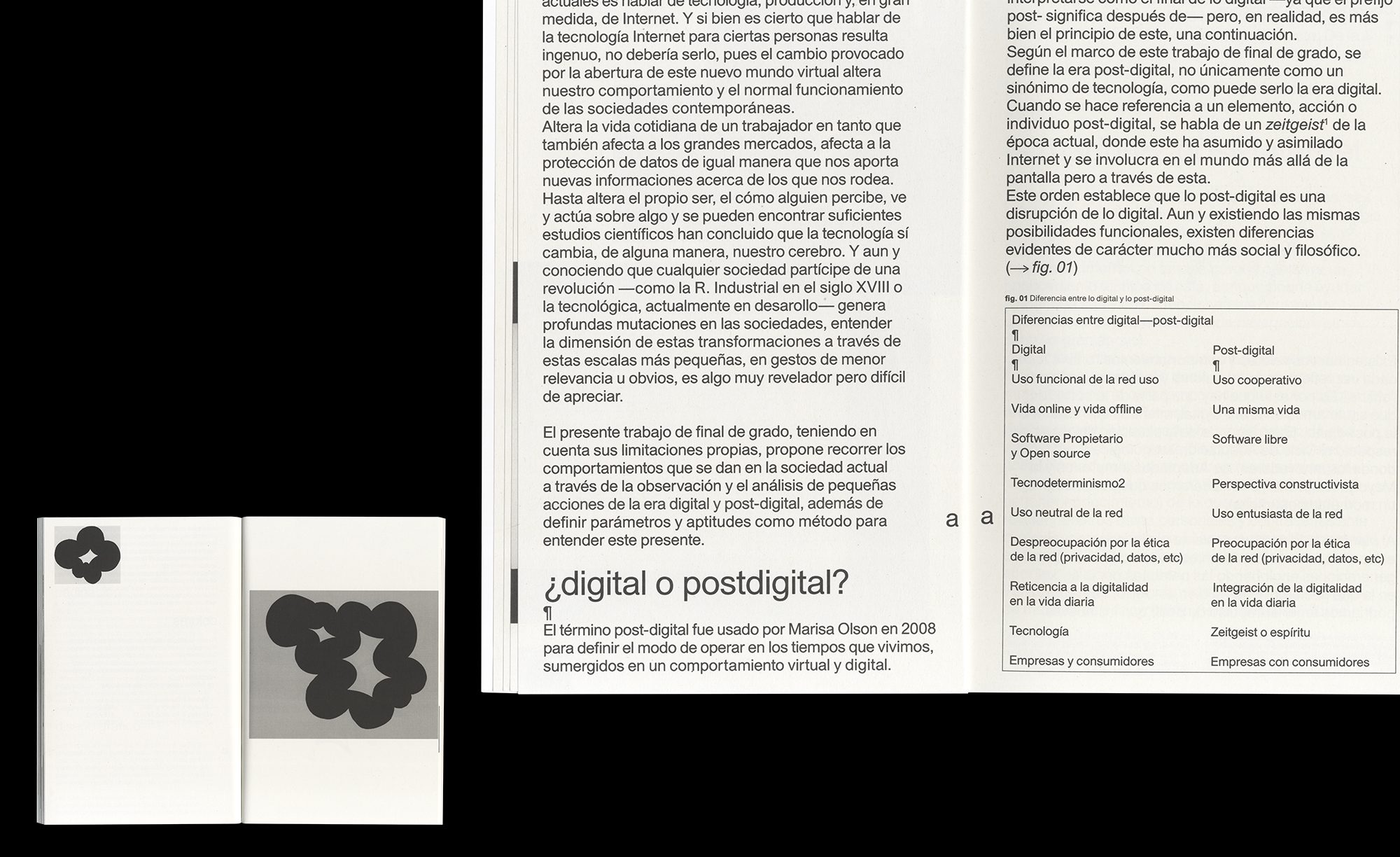
Éster Arrebola
The ELISAVA graduate combining concept and multimedia experimentation to push her graphic design practice
For graphic designer Éster Arrebola, creativity is something that runs in her blood. “My father is a computer programmer and my mother is an artist and I consider myself a mix of both,” she explains. It’s a mix that shines through her concept-driven, experimental, and multidisciplinary portfolio — a diverse range of projects connected by their commitment to rigorous research and an exploratory approach to outcomes.
Éster’s practice rests firmly on a belief that designers can do more than just give visual form to other people’s ideas. It’s an attitude that has lead the ELISAVA graduate to place great importance on communicating her own message, putting “the concept, and being completely clear about what you want to say,” at the core of what she does. This approach requires that each project has a foundation of in-depth research to strengthen the power of the message — a vital element not least because, as Éster emphasises: “If you look at a design and you don’t feel anything … well, that’s sad.”
This sentiment is nowhere more visible than in her graduation project ‘La Normalidad Virtual’ (Virtual Normality). Interrogating how the internet has changed the ways we act and interact, the project arose from observing “common actions in the digital environment (like, scroll, upload a file to the cloud, etc.)” from which we might “glimpse many other things that … we had not stopped to think about.” It’s an extensive project comprising 3 written essays accompanied by a film, a conceptual piece and a booklet. The range of techniques and outcomes on display here embodies the multidisciplinary and experimental approach at the centre of Éster’s practice. “My work mainly covers graphic design but I also like to work through other disciplines … to investigate other possible alternatives,” she explains. It’s a mindset that allows her to borrow ways of thinking, making and understanding from other areas and feed them back into her graphic design practice — often editorial design and typography which she “love[s] … above anything else.”
Éster credits the balance between her course at ELISAVA and professional experience as central to developing her work. If “university is … a place that generates more questions than answers” it was her internships that provided the tools to find the answers. Interning at studios in her home country of Spain — like Studio Albert Romagosa where she now works — as well as abroad in Portugal, have been a key ingredient in her growth. Indeed, it was “working with people from different cultural backgrounds” while in Portugal that enabled Éster to develop a more global design outlook, exposing her to “different communicative elements” which taught her “new ways of communicating to the world.”
With this breadth of experience and a stunning portfolio already under her belt, Éster’s goal now “is [always] to find myself in constant movement.” As she joins the Studio Albert Romagosa team while taking on freelance editorial work and participating in Blanc Festival she’s certainly showing no signs of slowing down. We can’t wait to see where it takes her.


